


If you’re in the market for a new bicycle, you may find yourself pondering the age-old question: “Which is Best Hybrid or MTB Cycle?” Both types of bikes have their unique strengths and are designed for different riding experiences.
Read More : ” Riding Mountain Bike On Road “
The decision ultimately boils down to your specific preferences, riding style, and the terrain you plan to explore.
Hybrid cycles offer a blend of features from road bikes and mountain bikes, making them versatile and suitable for various terrains.
On the other hand, MTB cycles are purpose-built for rugged off-road adventures, with robust frames and powerful suspensions to tackle challenging trails.
In this comprehensive comparison, we will delve into the key characteristics of Hybrid and MTB cycles, weigh their pros and cons, and help you determine which type suits your cycling needs best.
So, let’s embark on this journey to find the perfect cycle that will bring joy and excitement to your rides!
Understanding Hybrid Cycles: Features and Benefits
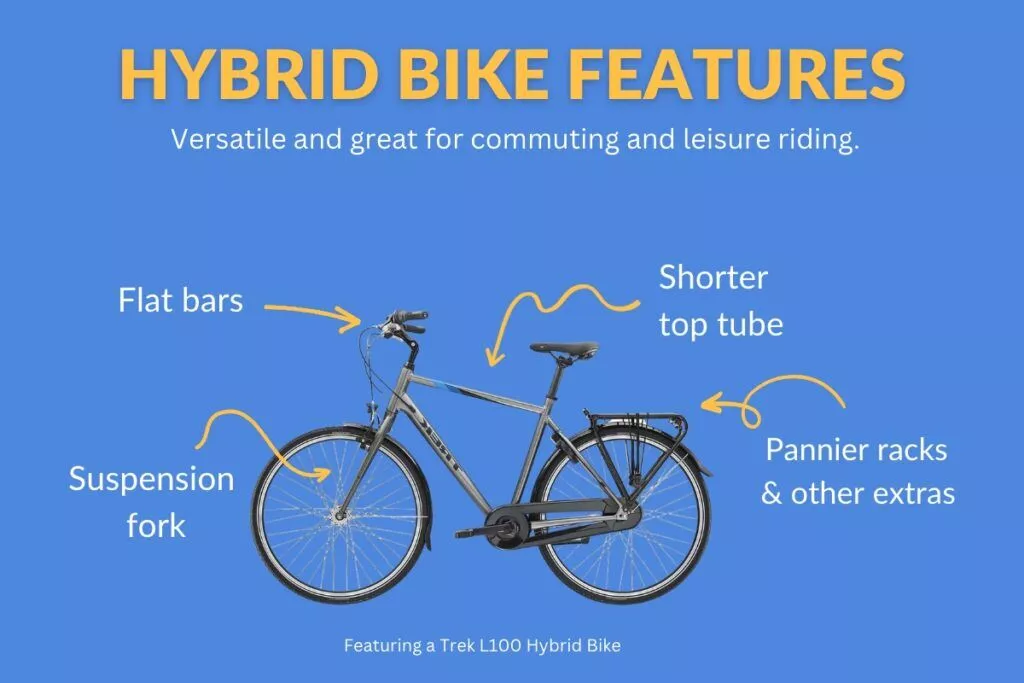


Hybrid cycles have gained popularity as versatile options, combining features of both mountain bikes (MTBs) and road bikes. They are designed to offer a smooth and comfortable ride on various terrains.
Related : ” Fat Bike VS MTB “
Some key features and benefits of hybrid cycles include:
Frame:
Hybrid cycles typically feature a lightweight frame, offering a balance between durability and agility. The frame geometry allows for a more upright riding position, enhancing comfort on longer rides.
Tires:
Hybrid bikes come with wider tires than road bikes, providing better stability and grip on unpaved paths and urban streets alike. The tires are designed for both speed on smooth surfaces and traction on rough terrains.
Suspension:
While not as robust as full MTB suspension systems, some hybrid models have front suspension forks. This provides additional shock absorption and smooths out bumpy rides.
Gearing:
Hybrid cycles often have a wide range of gears, allowing riders to handle various inclines and terrain types. This makes them suitable for city commuting and recreational rides.
Brakes:
Most hybrid bikes are equipped with reliable rim brakes or disc brakes, ensuring excellent stopping power and control.
Comfort:
The ergonomic design of hybrid cycles, with comfortable saddles and handlebars, minimizes strain on the body during long rides, making them suitable for commuters and leisure cyclists.
Versatility:
Hybrid bikes are suitable for a range of activities, from daily commuting to leisurely rides on mixed terrains. They are a great choice for riders seeking a well-rounded, all-purpose option.
Maintenance:
Compared to full-suspension MTBs, hybrid cycles generally require less maintenance, reducing the overall cost of ownership.
In summary, hybrid cycles offer a compelling combination of features, making them a favorable choice for riders seeking a versatile and comfortable cycling experience on various terrains and road conditions.
Unleashing the Power of MTB Cycles: Advantages and Capabilities
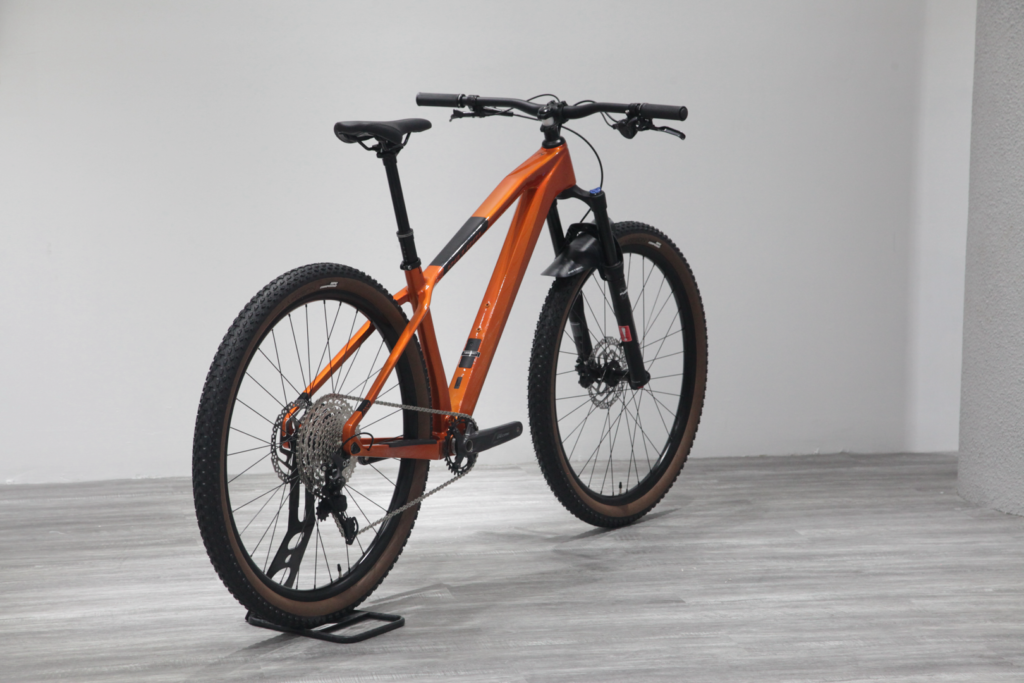


Mountain biking (MTB) cycles have gained immense popularity among cycling enthusiasts due to their unique advantages and capabilities.
Read More : ” Are Mountain Bikes Harder To Pedal? “
Let’s explore in detail the reasons why MTB cycles are considered a powerful and versatile choice for riders:
Off-Road Dominance:
MTB cycles are designed to handle rough and challenging terrains with ease.
They feature rugged frames, wider tires with aggressive tread patterns, and strong suspension systems that absorb shocks and impacts, providing a smooth ride even on bumpy trails.
Versatility:
MTB cycles are highly versatile, making them suitable for various riding styles. Whether you enjoy cross-country riding, downhill thrills, or technical trails, MTB cycles can adapt to different environments and terrains.
Superior Control:
The wider handlebars and responsive brakes of MTB cycles offer better control and maneuverability, allowing riders to navigate tight corners and steep descents with confidence.
Climbing Performance:
MTB cycles are equipped with a wide range of gears, enabling riders to tackle steep uphill climbs effortlessly. The suspension system also helps maintain traction and stability on challenging ascents.
Durability:
Designed for rugged use, MTB cycles are built to withstand harsh conditions. Their robust construction ensures longevity, even when subjected to rough handling and demanding trails.
Thrilling Adventures:
MTB cycles provide a sense of excitement and adventure, encouraging riders to explore new trails and immerse themselves in nature, making every ride a memorable experience.
Fitness Benefits:
Riding an MTB cycle engages various muscle groups, offering an excellent full-body workout that improves cardiovascular health, strength, and endurance.
In conclusion, MTB cycles offer a blend of performance, versatility, and excitement, making them an ideal choice for riders seeking thrilling off-road adventures and exploring the great outdoors.
Whether you’re a beginner or an experienced cyclist, the advantages and capabilities of MTB cycles make them a powerful option for anyone who loves the thrill of two-wheeled adventures.
Terrain and Riding Style: Factors to Consider



When choosing a bicycle, two critical factors to consider are the terrain you will be riding on and your preferred riding style.
Read More : ” Is Cycling Harmful For Knees? “
Let’s delve into these factors in detail:
- Terrain:
- Road Riding:
If you plan to ride mainly on smooth, paved roads, a road bike or hybrid bike is a suitable choice. Road bikes have lightweight frames, narrow tires, and a more aerodynamic design, offering efficient performance on flat surfaces.
- Off-Road Trails:
For rugged terrains like dirt paths, gravel roads, and mountain trails, a mountain bike is the best option. Mountain bikes come with sturdy frames, wide knobby tires, and suspension systems, providing stability and control on uneven surfaces.
- Riding Style:
- Recreational Riding:
If you enjoy leisurely rides for fun and fitness, a comfort bike or cruiser bike is a comfortable choice. These bikes offer an upright riding position, wide saddles, and easy handling for relaxed outings.
- Commuting:
For daily commuting and urban riding, hybrid bikes are versatile and practical. They combine features of road and mountain bikes, making them suitable for various terrains and weather conditions.
- Performance Cycling:
If you’re into competitive racing or long-distance riding, a road bike offers speed and efficiency on paved roads. They have lightweight frames, drop handlebars, and narrow tires optimized for speed.
- Consider Both Factors:
- If you plan to ride on a mix of terrains and enjoy exploring both off-road trails and city streets, a hybrid bike could be a great all-around choice.
- If your primary focus is off-road adventure and tackling challenging trails, a mountain bike is the way to go.
By carefully considering the terrain and your preferred riding style, you can select the bicycle that best suits your needs and ensures an enjoyable and comfortable riding experience.
Always test ride different bikes to find the one that feels the most comfortable and suits your riding preferences.
Frame and Suspension: A Closer Look



When choosing a bicycle, the frame and suspension are crucial elements that significantly impact the bike’s performance and riding experience.
Let’s take a closer look at these aspects in detail:
- Frame:
- Material:
Bicycles can have frames made of various materials, including steel, aluminum, carbon fiber, and titanium. Each material has its advantages and disadvantages.
- Steel frames offer durability and a smooth ride but can be heavier.
- Aluminum frames are lightweight and affordable, providing a good balance of strength and cost-effectiveness.
- Carbon fiber frames are lightweight and provide excellent vibration dampening for a comfortable ride, but they can be more expensive.
- Titanium frames offer a unique combination of durability, lightness, and ride comfort, but they are among the most expensive options.
- Suspension:
- Suspension Type:
Bikes can have different types of suspension systems, primarily found on mountain bikes.
- Hardtail:
Hardtail bikes have a front suspension fork but no rear suspension. They are efficient on smoother trails and offer better power transfer while climbing.
- Full Suspension:
Full-suspension bikes have both front and rear suspension, providing improved comfort and traction on rough terrains. They are ideal for technical and challenging trails.
- No Suspension:
Some bicycles, like road bikes and hybrid bikes, do not have suspension systems. They rely on their tires and frame design to provide comfort on paved surfaces.
- Consider Your Riding Style:
- If you enjoy off-road adventures and plan to ride on rough trails, a full-suspension mountain bike is a suitable choice, offering enhanced control and comfort.
- For smoother terrains and more efficiency, a hardtail mountain bike may be a better fit.
- If you primarily ride on paved roads or well-maintained paths, bikes with no suspension or minimal suspension are more appropriate.
The frame and suspension of a bicycle play a crucial role in determining its capabilities and comfort level.
Consider your riding preferences, terrain, and budget when selecting the best frame and suspension setup to ensure an enjoyable and efficient riding experience.
Components and Gear: Performance and Efficiency
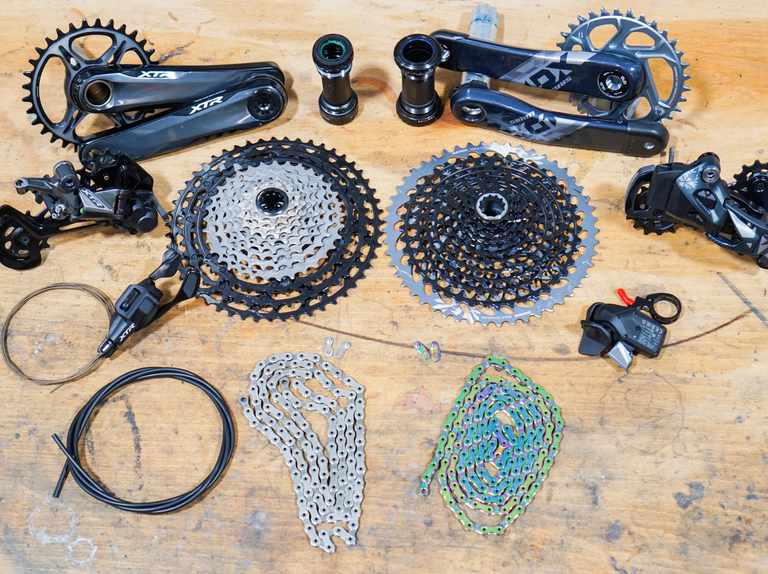


When considering the components and gear of a bicycle, it’s essential to understand how they impact the bike’s overall performance and efficiency.
Let’s delve into the details:
- Drivetrain:
- The drivetrain consists of components such as the crankset, chain, cassette, and derailleurs. It determines the number of gears available and the gear ratios.
- A higher number of gears provides more options for different terrains and riding conditions. This allows you to find the optimal gear for climbing, descending, and cruising.
- Modern drivetrains often feature advanced technology, like electronic shifting, which enhances gear changes and precision.
- Brakes:
- Brakes are critical for safety and control, especially during descents and on rough terrains.
- Mountain bikes typically come with either disc brakes or rim brakes.
- Disc brakes offer superior stopping power and perform well in wet conditions, making them a popular choice for mountain biking.
- Rim brakes are lighter and more straightforward, but they can be less effective in wet or muddy environments.
- Wheels and Tires:
- Wheel size and tire choice can significantly impact a bike’s performance and handling.
- Larger wheels, like 29-inch wheels, roll over obstacles more easily and provide better traction. Smaller wheels, such as 27.5 inches, are more maneuverable and responsive.
- Tire choice affects grip, rolling resistance, and puncture resistance. Wider tires provide better stability and traction on rough terrain, while narrower tires are more suitable for smooth roads.
- Suspension Tuning:
- On full-suspension bikes, riders can adjust the suspension to match their weight and riding style. Proper suspension tuning ensures optimal performance and comfort.
- Fork and rear shock adjustments involve settings for compression, rebound, and sag, allowing riders to fine-tune the bike’s response to different trails.
- Seat and Handlebars:
- A comfortable saddle and handlebar position are crucial for long rides. Proper fit reduces strain and fatigue on the rider’s body, enhancing overall comfort and efficiency.
Choosing the right components and gear for your bike is essential for maximizing performance and efficiency. Consider your riding style, terrain, and personal preferences when selecting the appropriate drivetrain, brakes, wheels, and tires.
Additionally, getting a professional bike fit ensures that your bike is tailored to your body, providing an enjoyable and efficient cycling experience.
Versatility and Adaptability: Meeting Your Cycling Needs
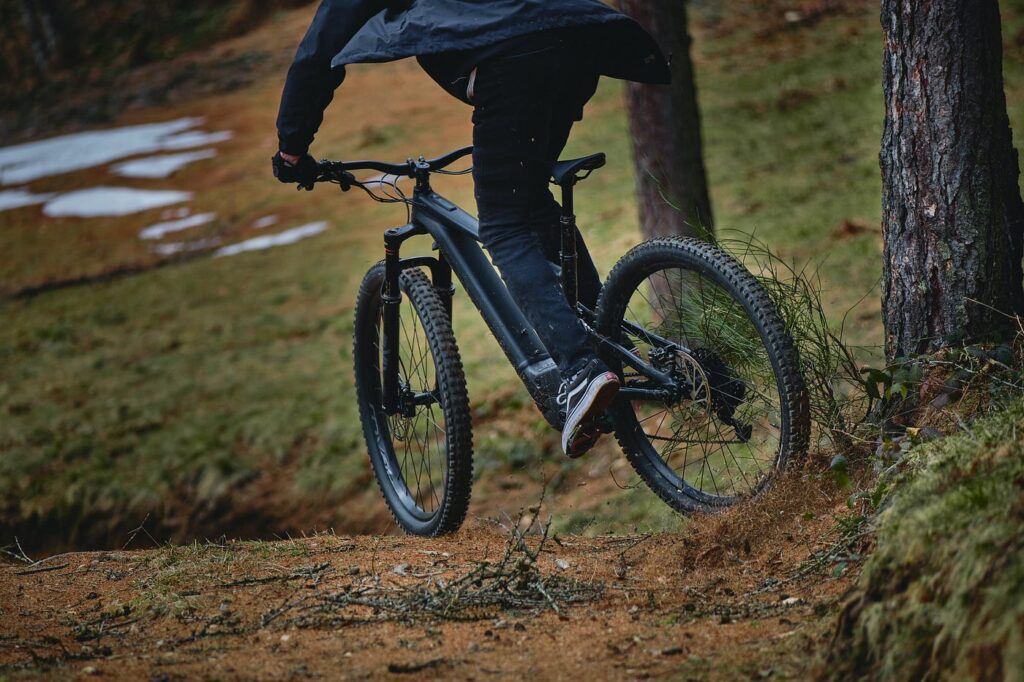


Versatility and adaptability are essential characteristics that make a bike suitable for a wide range of cycling needs and experiences.
Let’s explore the concept in detail:
- Riding Styles:
- A versatile bike can accommodate different riding styles, such as commuting, recreational riding, trail riding, bikepacking, and even racing.
- It offers a comfortable and enjoyable experience across various terrains, whether it’s smooth roads, rough trails, or mixed surfaces.
- Terrain Compatibility:
- An adaptable bike can handle diverse terrains, from paved city streets to challenging off-road trails.
- It may come with features like wider tire clearance, suspension options, and sturdy frames to provide stability and control on different surfaces.
- Bikepacking and Touring:
- Versatile bikes are suitable for bikepacking and touring adventures. They can carry additional gear and accessories for extended trips.
- Mounting points and racks allow riders to attach bags and panniers, making it easier to carry camping equipment, food, and other necessities.
- Components and Accessories:
- These bikes often have multiple mounting points for attaching bottle cages, racks, fenders, and other accessories.
- This adaptability allows riders to customize their bikes to suit specific needs and preferences.
- Geometry and Adjustability:
- Versatile bikes may feature adjustable geometry or allow for different handlebar positions. This enables riders to fine-tune their riding position for comfort and efficiency.
- Adjustable suspension systems, such as lockout or adjustable travel, contribute to the bike’s versatility by optimizing its performance for different terrain types.
- All-Season Performance:
- A versatile bike is designed to perform well in various weather conditions and seasons, whether it’s summer, winter, rain, or snow.
- It can handle wet and muddy conditions with ease, thanks to features like disc brakes and all-weather tires.
Ultimately, a versatile and adaptable bike offers the freedom to explore different riding styles and terrains without the need for multiple specialized bikes.
It provides riders with a well-rounded cycling experience, making it an excellent choice for those who want to enjoy the beauty of cycling in all its forms.
Price and Budget: Making the Right Investment
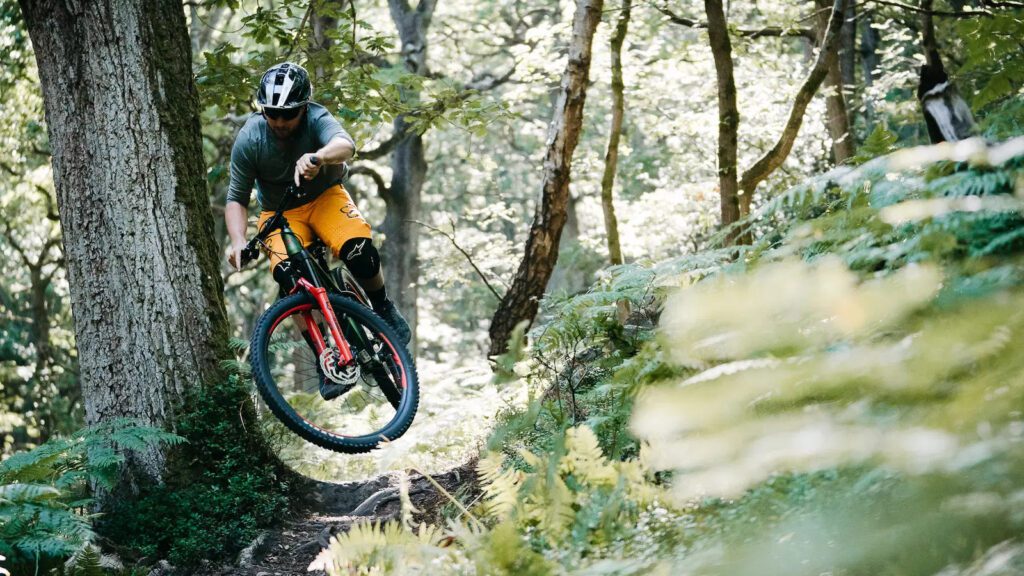


Price and budget play a crucial role in making the right investment when choosing a versatile and adaptable bike.
Let’s explore this aspect in detail:
- Setting a Budget:
- Before starting the search for a bike, it’s essential to determine a budget that aligns with your financial capacity and cycling needs.
- Bikes come in a wide range of price points, so having a clear budget will help you narrow down your options.
- Quality vs. Price:
- While it’s tempting to opt for the cheapest bike available, it’s essential to strike a balance between quality and price.
- Investing in a bike with better components and materials may cost more initially, but it can provide better performance, durability, and longevity.
- Research and Comparison:
- Conduct thorough research and compare various bike models within your budget range.
- Look for bikes with components, features, and frame materials that suit your riding style and intended usage.
- Brand Reputation:
- Consider the reputation of the bike brand and the quality of their products when making a decision.
- Established and reputable brands often offer better customer support, warranties, and after-sales service.
- Future Upgrades:
- Some bikes allow for future upgrades and customization, which can be cost-effective in the long run.
- Check if the bike frame and components can be easily upgraded to adapt to changing needs or preferences.
- Sales and Discounts:
- Keep an eye out for seasonal sales, promotions, and discounts, as they can offer significant savings on the bike’s overall cost.
- Test Rides and Expert Advice:
- Whenever possible, take the bike for a test ride to get a feel for its performance and comfort.
- Seek advice from knowledgeable experts or local bike shops to get personalized recommendations based on your budget and requirements.
Making the right investment in a versatile and adaptable bike involves considering factors like quality, components, brand reputation, and future upgrade options.
By conducting thorough research and staying within your budget, you can find a bike that meets your cycling needs and provides excellent value for money.
Making Your Choice – Hybrid or MTB Cycle
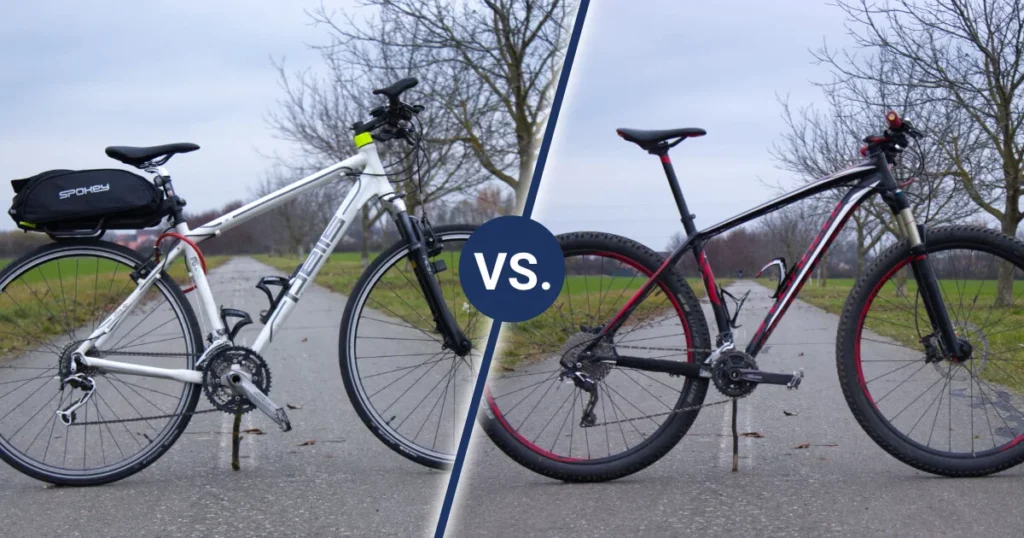


Choosing between a hybrid bike and a mountain bike (MTB) involves considering various factors that align with your riding preferences and needs.
Let’s delve into the details to help you make an informed decision:
- Riding Terrain:
- Hybrid Bike:
Ideal for urban commuting, light off-road trails, and smooth surfaces. They feature a mix of road and mountain bike characteristics.
- MTB:
Designed for rugged off-road trails and challenging terrains, featuring robust frames, wide tires, and suspension systems for enhanced performance.
- Comfort and Versatility:
- Hybrid Bike:
Provides a more upright and comfortable riding position with flat handlebars, making it suitable for casual rides and commuting.
- MTB:
Offers a more aggressive riding position with a forward-leaning stance, ideal for tackling technical trails and challenging terrain.
- Tires and Suspension:
- Hybrid Bike:
Equipped with narrower tires and limited or no suspension, offering smooth rides on paved roads and some light off-road conditions.
- MTB:
Features wider, knobbier tires and robust suspension systems to absorb shocks and provide better traction on rough trails.
- Gearing and Performance:
- Hybrid Bike:
Typically has a wider gear range for city commuting and light trail use, but may not perform as well on steep or technical terrains.
- MTB:
Designed with a wide gear range to handle steep climbs and technical descents, making it suitable for demanding off-road adventures.
- Weight and Speed:
- Hybrid Bike:
Generally lighter than MTBs, allowing for easier maneuverability and higher speeds on roads and smoother surfaces.
- MTB:
Slightly heavier due to the added features like suspension and wider tires, but excels in handling rough and challenging terrains.
- Fitness Goals:
- Hybrid Bike:
Great for leisure riders, commuters, and those seeking a comfortable and convenient mode of transportation.
- MTB:
Suited for enthusiasts and adventure seekers looking to explore off-road trails, improve their off-road riding skills, and enhance overall fitness.
Ultimately, the choice between a hybrid bike and an MTB comes down to your intended riding terrain, comfort preferences, and fitness goals.
Hybrid bikes are versatile for casual riders and commuters, while MTBs are the go-to choice for off-road adventures and technical trails. Consider test riding both types and seek advice from bike experts to make the best decision for your cycling journey.
Which One To Choose?



Choosing the best between a hybrid bike and an MTB cycle depends on your specific needs and preferences. Each type of bike has its advantages and is suited for different riding styles and terrains.
If you prioritize comfort, versatility, and need a bike primarily for commuting, leisure rides, and light off-road trails, a hybrid bike might be the better choice for you.
It offers a more upright riding position, smoother rides on paved roads, and is generally lighter and more maneuverable for urban settings.
On the other hand, if you are an adventurous rider who loves tackling challenging off-road trails and rough terrains, an MTB cycle would be the best fit.
It comes with wider tires, suspension systems, and a sturdy frame to handle rugged conditions, offering improved traction and control on uneven surfaces.
Ultimately, the best choice depends on how and where you plan to ride. If you enjoy a mix of city commuting and occasional off-road adventures, a hybrid bike can be a versatile option.
If you crave thrilling off-road experiences and pushing your limits on technical trails, an MTB cycle will be the ideal companion.
Consider your riding preferences, fitness goals, and intended terrains to make the right decision for your cycling journey.
A Detailed Comparison Table Between Both:
Here’s a detailed comparison table between Hybrid and MTB Cycles:
| Aspect | Hybrid Cycle | MTB Cycle |
| Riding Style | Commuting, Leisure, Light Trails | Off-Road Adventures |
| Frame and Construction | Lightweight, Upright Position | Sturdy, Aggressive Geometry |
| Suspension System | Front Suspension or None | Front and Rear Suspension |
| Tire Width | Narrow, Suitable for Pavement | Wide, Enhanced Traction |
| Gearing System | Typically Has Fewer Gears | Wide Range of Gears |
| Handlebars | Straight or Slight Rise | Flat or Riser Handlebars |
| Terrain Suitability | Paved Roads, Light Trails | Rough Terrains, Mountains |
| Riding Comfort | Comfortable for Long Rides | More Impact Absorption |
| Weight | Lighter | Heavier |
| Versatility | Good for Mixed Riding | Best for Off-Road Adventures |
| Price Range | Mid to High | Mid to High |
Keep in mind that the choice between a hybrid and MTB cycle depends on your riding preferences, the type of terrain you plan to tackle, and the level of comfort and performance you desire.
Consider your intended use and riding style before making a decision.
Conclusion
In conclusion, the best choice between a Hybrid and MTB cycle depends on your specific needs and preferences. If you enjoy commuting, leisure rides, and occasional light trails, a Hybrid cycle might be more suitable.
On the other hand, if you crave off-road adventures, tackling rough terrains, and mountain trails, an MTB cycle would be the better option. Consider your riding style, terrain, comfort, and budget before making the decision.
Ultimately, the best cycle is the one that perfectly aligns with your individual cycling goals and allows you to enjoy every ride to the fullest.
So, assess your needs, test ride both types, and make an informed decision to embark on an exciting cycling journey.
FAQ’s
Which is faster MTB or hybrid?
Generally, hybrid bikes are faster on smooth roads due to their lighter weight and narrower tires, while MTBs are better suited for off-road and rough terrains.
What is the difference between hybrid and MTB cycle?
Hybrid bikes are a mix of road and mountain bikes, designed for versatile use on various terrains. MTB cycles are specifically built for off-road trails and rough terrain.
Which cycle is best for weight loss hybrid or MTB?
Both hybrid and MTB cycles can be effective for weight loss. The choice depends on personal preference, terrain, and riding style. Both offer great cardiovascular workouts and calorie burning potential.
Are hybrid bikes good for hills?
Yes, hybrid bikes are generally good for hills. They offer a good balance of features from road bikes and mountain bikes, making them suitable for various terrains, including hilly areas.
Which cycle is best for cycling?
The best cycle for cycling depends on your preferences and needs. Road bikes are great for speed and endurance, mountain bikes for off-road adventures, and hybrids for versatility. Choose based on your riding style.



Welcome to Bikegenics, where passion meets performance! We are a leading online destination for all things related to mountain biking, dedicated to providing you with top-notch gear, expert advice, and an immersive community to fuel your two-wheeled adventures. With a commitment to excellence and a deep love for the sport, we strive to elevate your biking experience to new heights.
